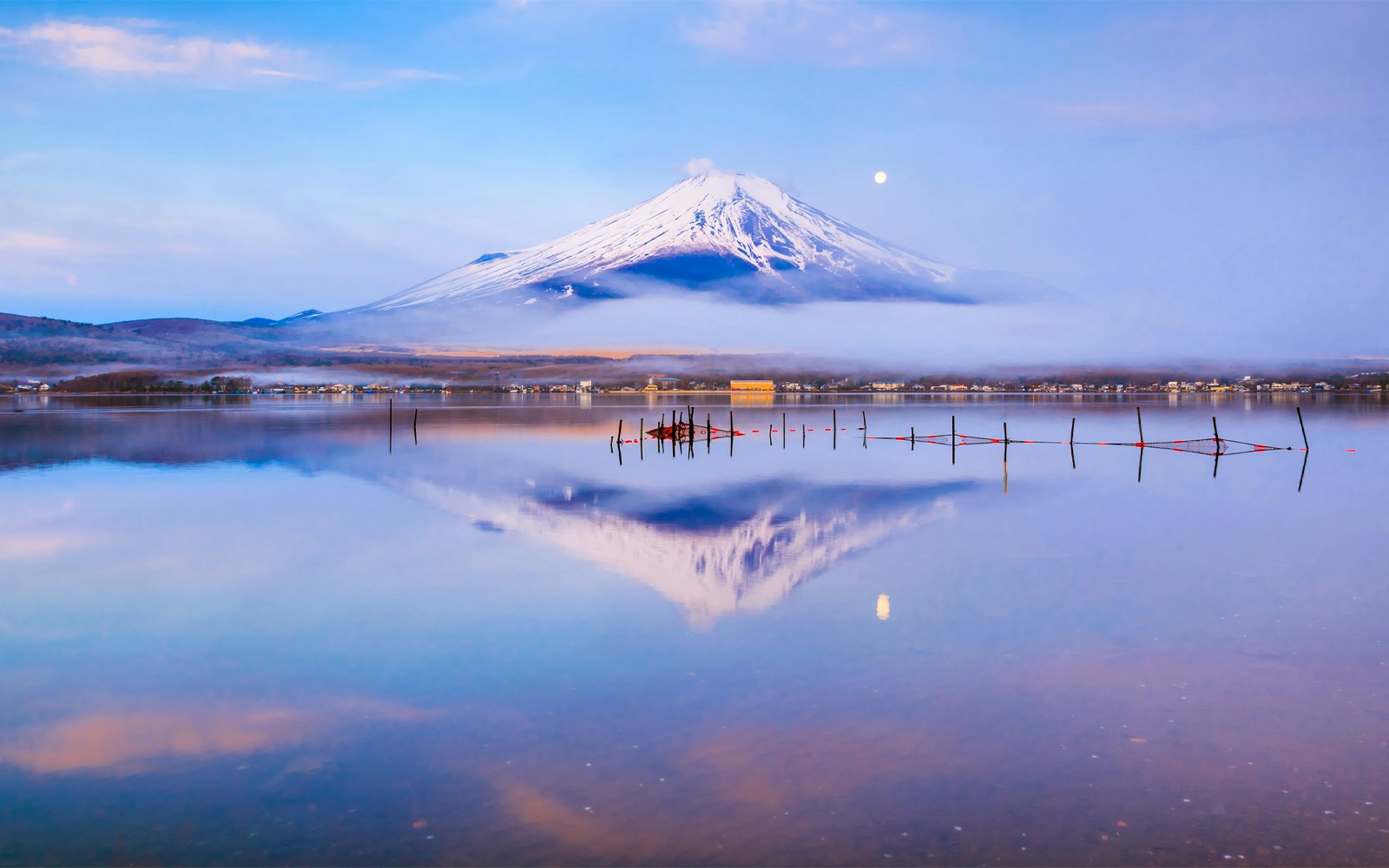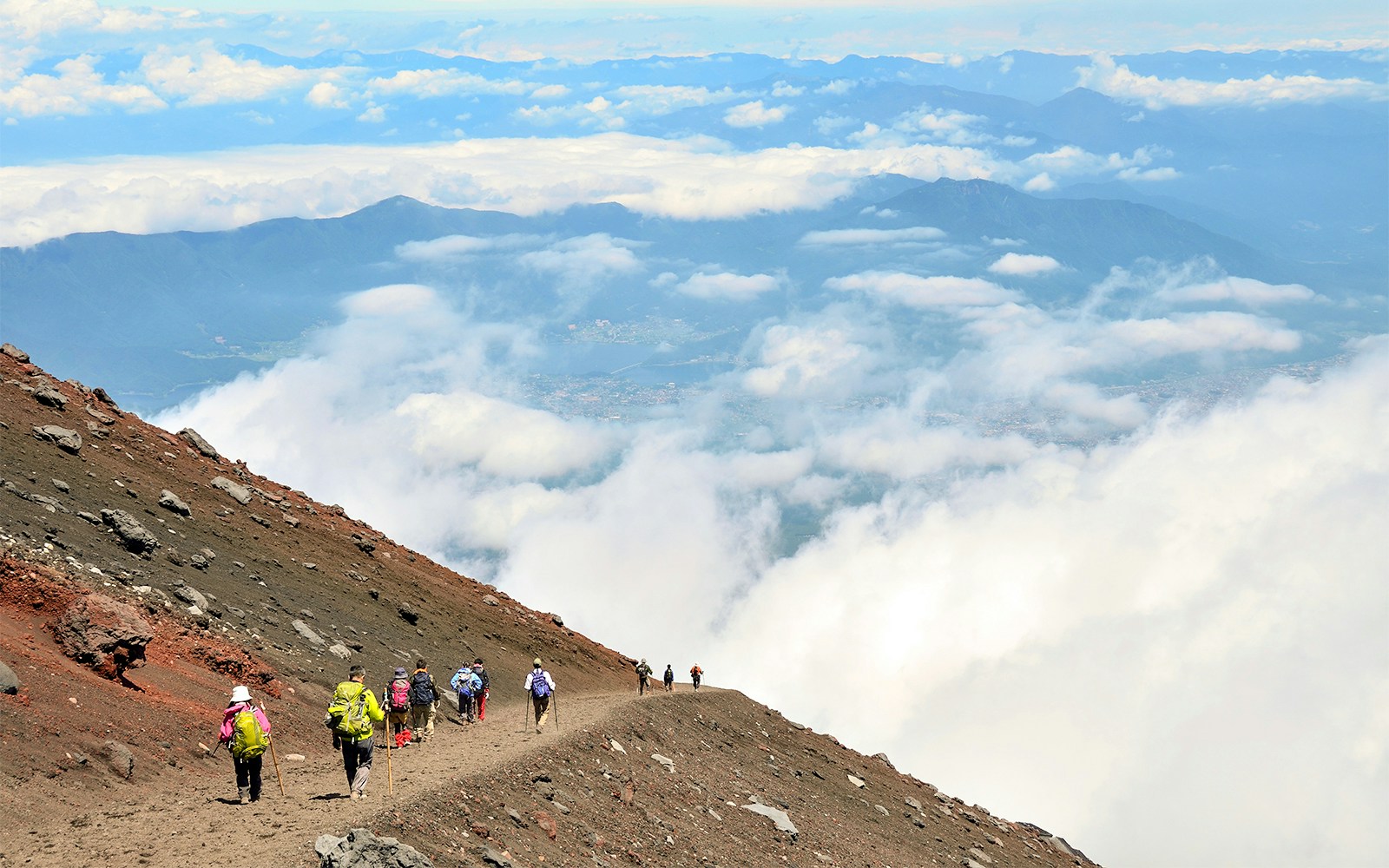It’s three volcanoes stacked on top of each other: Komitake at the base, Ko-Fuji in the middle, and Shin-Fuji at the top. The youngest layer is what you see today.
Facts to impress your travel buddies
Fuji is a “stratovolcano”
That means it was formed from layers of lava and ash over thousands of years.
It’s technically still active
Though Mt. Fuji last erupted in 1707, there’s a possibility of another eruption, and it’s being closely monitored.
The climbing season is just 2 months
Most people hike between July and early September. Outside this period, hiking is dangerous due to harsh weather conditions.
It’s a triple World Heritage Site
Mt. Fuji is recognized for cultural, spiritual, and artistic significance.
You can mail a postcard from the summit
There’s a functioning postbox at the top from where you can send postcards.













